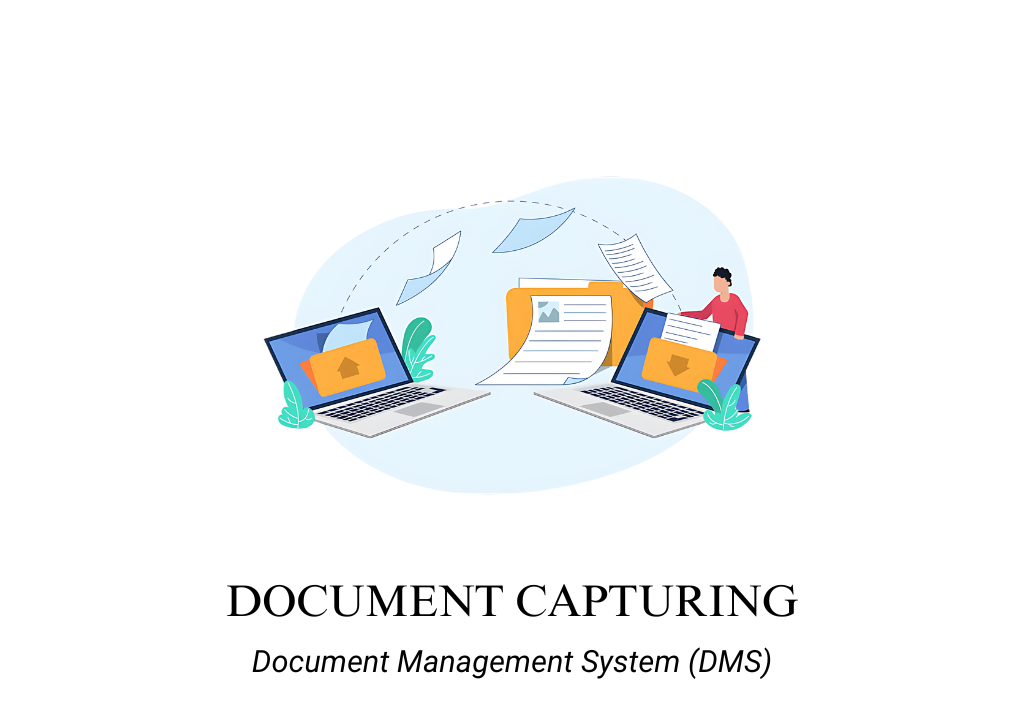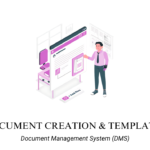Introduction
The Document Capturing functionality within document management and automation tools is crucial for digitizing and managing documents from various sources. This functionality provides users with the tools to capture, upload, and process documents efficiently, supporting a variety of file formats and utilizing Optical Character Recognition (OCR) technology to convert documents into searchable and editable text. By streamlining the document capturing process, organizations can enhance data accessibility, improve information management, and reduce manual effort.
Features of Document Capturing
Document Uploads
Definition: Document Uploads is a feature that allows users to upload digital documents from various sources, such as local devices, cloud storage, email attachments, or scanners, into a centralized document management system. This feature ensures secure storage and easy access to all documents in one place.
Purpose: The purpose of Document Uploads is to provide a seamless way to digitize and store documents, ensuring that they are easily accessible, organized, and managed within a unified platform. This feature helps organizations maintain a centralized repository of documents, reducing dependency on physical storage and enhancing operational efficiency.
Use Case: A real estate company uses the Document Uploads feature to store property-related documents, such as contracts, inspection reports, and photographs. The tool allows agents to upload documents directly from their mobile devices or computers, ensuring that all necessary files are securely stored and easily accessible.
Benefits:
- Simplifies the process of capturing and storing digital documents.
- Centralizes document storage for easy access and retrieval.
- Reduces reliance on physical document storage, minimizing the risk of loss or damage.
- Enhances document organization and management.
Multiple File Supports
Definition: Multiple File Supports is a feature that allows users to upload, view, and manage documents in various file formats, such as PDF, Word, Excel, JPEG, PNG, and more. This feature ensures flexibility in handling different types of documents without the need for additional software.
Purpose: The purpose of Multiple File Supports is to provide versatility in document management by accommodating a wide range of file types and formats. This feature helps organizations manage diverse documents in one system, improving efficiency and reducing compatibility issues.
Use Case: A financial institution uses the Multiple File Supports feature to handle various types of documents, including client agreements (PDF), financial statements (Excel), and scanned identification documents (JPEG). The tool allows the institution to manage all these files seamlessly within a single system.
Benefits:
- Supports a wide range of file formats and types.
- Reduces the need for external software or conversion tools.
- Enhances efficiency by allowing all documents to be managed in one place.
- Improves flexibility in document management and handling.
OCR (Optical Character Recognition)
Definition: Optical Character Recognition (OCR) is a feature that converts scanned images of text, such as documents in PDF or image formats, into machine-readable and searchable text. This feature allows users to extract, search, and edit text from scanned documents, making them more accessible and usable.
Purpose: The purpose of OCR is to transform scanned documents and images into searchable and editable text, improving the accessibility and usability of information. This feature helps organizations reduce manual data entry, enhance document searchability, and extract valuable data from non-editable formats.
Use Case: A government agency uses the OCR feature to digitize and manage archived records. The tool scans and converts the records into searchable text, allowing employees to quickly search for and retrieve specific information, improving workflow efficiency and service delivery.
Benefits:
- Converts scanned documents into searchable and editable text.
- Reduces manual data entry and enhances document searchability.
- Improves accessibility by making text-based information available digitally.
- Supports compliance and data retrieval by enabling quick searches for specific content.
Conclusion
These features ensure that organizations can effectively capture, manage, and utilize documents from various sources, enhancing productivity, data accessibility, and information management while reducing manual effort and costs.
Guide to find best Document Management System (DMS) for lawyers
CHECK OUT DMS TOOLS ON DIRECTORY OR CLICK HERE


